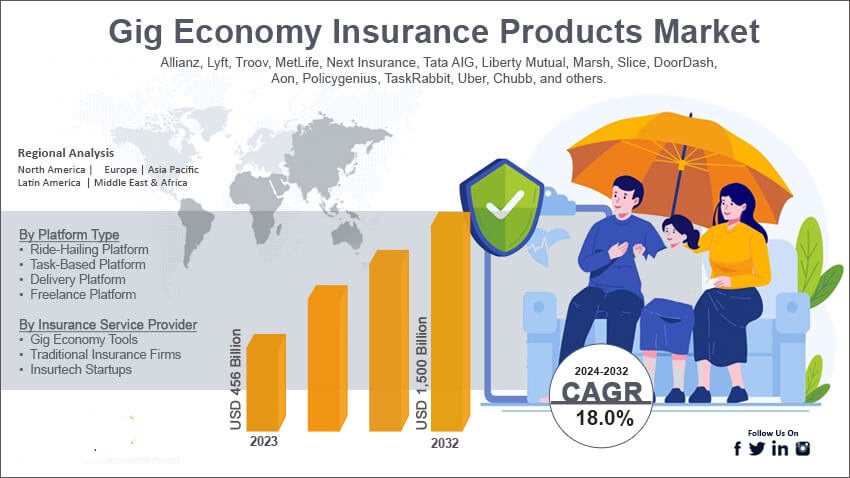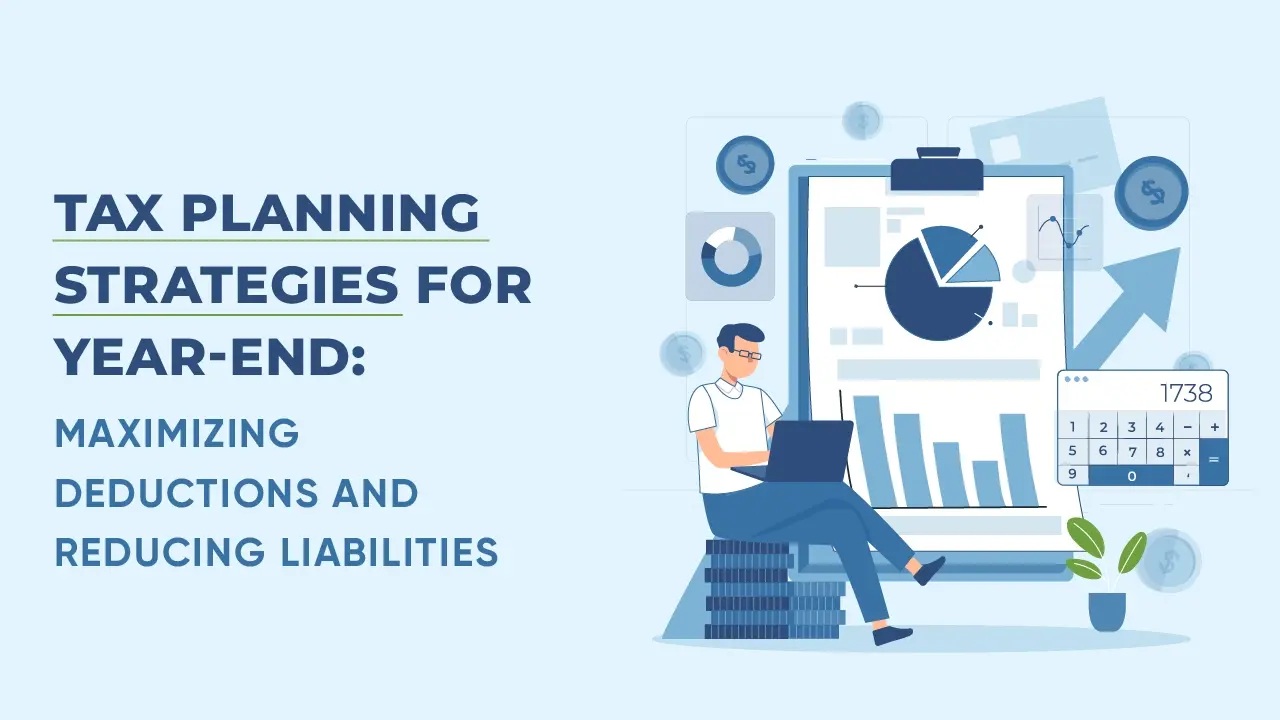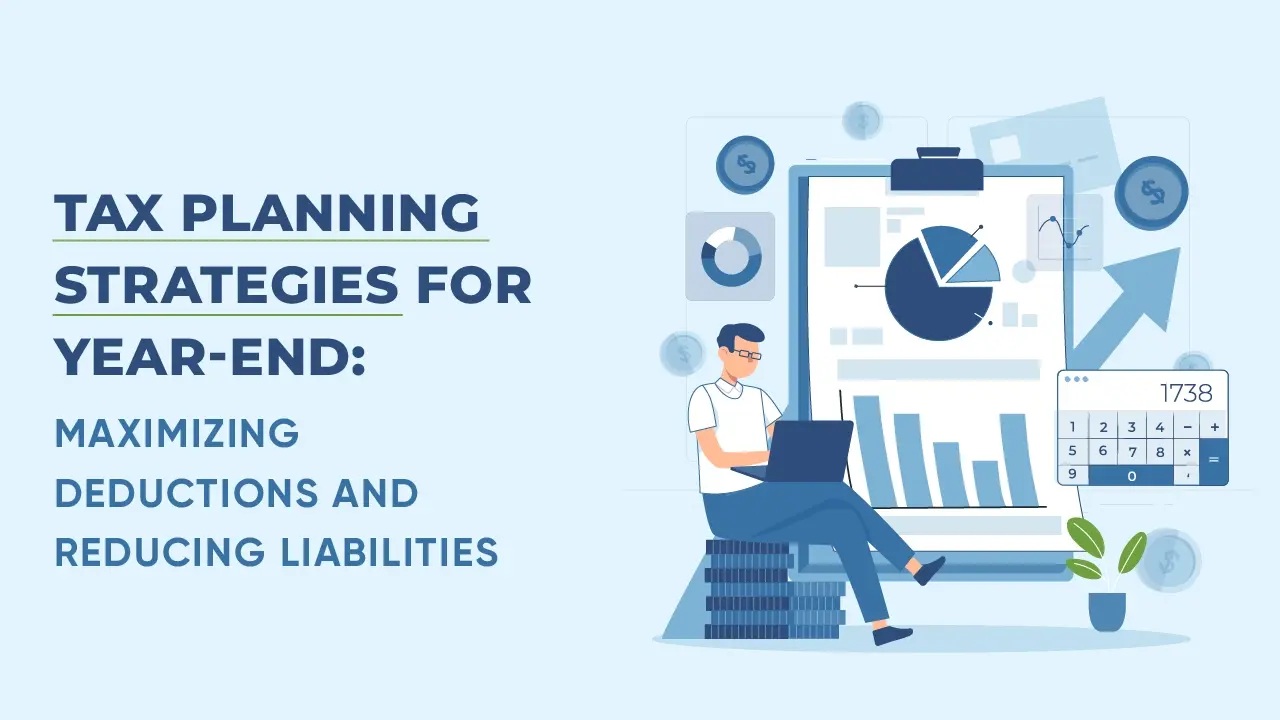Why Mid-Year Tax Planning Matters
Tax planning isn’t just an annual activity to be done before filing your tax return. In fact, mid-year tax planning has become an essential strategy for individuals and businesses aiming to optimize their tax positions, increase savings, and avoid surprises when tax season arrives.
By 2025, with evolving tax laws and complex financial landscapes, timely and proactive tax planning can make a significant difference. This article provides an in-depth guide on effective mid-year tax planning strategies, helping you keep more of your hard-earned money and reduce your tax burden legally and efficiently.
Understanding Mid-Year Tax Planning
Mid-year tax planning involves reviewing your financial situation, tax obligations, and potential deductions around the halfway point of the fiscal year — typically June or July — to make adjustments that optimize tax outcomes for the remainder of the year.
Unlike year-end tax planning, which is often reactive, mid-year planning is proactive and allows:
- Adjustment of withholding and estimated tax payments
- Strategic timing of income and expenses
- Exploration of new tax-saving opportunities
- Better cash flow management
Why You Should Engage in Mid-Year Tax Planning
- Avoid year-end surprises that could result in unexpected tax bills or penalties
- Take advantage of new tax laws and credits introduced during the year
- Maximize retirement contributions and other tax-advantaged savings
- Strategically manage capital gains and losses
- Plan charitable giving for maximum deduction impact
Key Mid-Year Tax Planning Strategies for Individuals
1. Review and Adjust Tax Withholding
If you are an employee, checking your withholding is crucial. Use IRS withholding calculators or consult your tax advisor to see if you are on track. Adjust your W-4 to increase or decrease tax withheld based on your income changes or life events like marriage, home purchase, or new dependents.
2. Maximize Retirement Contributions
Contributing to tax-advantaged accounts like 401(k)s, IRAs, or Roth IRAs can significantly reduce your taxable income. Review your contribution levels and increase them if possible before year-end.
3. Harvest Tax Losses
If you have investments with unrealized losses, consider selling them to offset capital gains, a strategy called tax-loss harvesting. This can lower your overall tax bill and reset your investment cost basis.
4. Utilize Health Savings Accounts (HSAs)
HSAs offer triple tax benefits: contributions are tax-deductible, earnings grow tax-free, and withdrawals for qualified medical expenses are tax-free. Maximize your HSA contributions for 2025 before year-end.
5. Plan Charitable Donations
Bunching charitable donations into a single tax year can maximize itemized deductions. Consider gifting appreciated stock instead of cash to avoid capital gains taxes.
6. Review Tax Credits and Deductions
Explore eligibility for new or overlooked tax credits like the Child Tax Credit, Earned Income Tax Credit, or education-related credits such as the Lifetime Learning Credit.
Mid-Year Tax Planning for Small Business Owners
1. Evaluate Estimated Tax Payments
Business owners should review their estimated tax payments for the year. Underpaying can trigger penalties; overpaying impacts cash flow.
2. Accelerate or Defer Income and Expenses
Timing income and expenses strategically can reduce taxable income. For example, defer income to the next tax year or accelerate deductible expenses in the current year.
3. Take Advantage of Section 179 and Bonus Depreciation
Invest in qualifying business assets and deduct their cost upfront under Section 179 or bonus depreciation to reduce taxable income.
4. Contribute to Retirement Plans
Consider establishing or funding SEP IRAs, Solo 401(k)s, or SIMPLE IRAs to shelter income from taxes and secure your retirement.
5. Review Employee Benefits and Payroll Tax Strategies
Enhance tax efficiency through employee benefits such as Health Reimbursement Arrangements (HRAs) or flexible spending accounts (FSAs).
6. Check for New Tax Credits
Programs such as the Work Opportunity Tax Credit (WOTC) or credits for employing veterans or disadvantaged workers can provide significant savings.
Mid-Year Tax Planning for Investors
1. Analyze Portfolio Performance
Assess gains and losses and implement tax-loss harvesting strategies where applicable.
2. Manage Capital Gains Distributions
Mutual funds may distribute capital gains mid-year, which can affect your tax liability. Consider timing purchases or sales accordingly.
3. Consider Tax-Efficient Investments
Explore municipal bonds or tax-managed funds that generate less taxable income.
Tax Planning Tips for High Net-Worth Individuals
- Use gifting strategies to reduce estate tax liability
- Consider establishing trusts or family limited partnerships
- Explore charitable remainder trusts or donor-advised funds for tax-efficient philanthropy
- Utilize advanced tax planning strategies such as tax-efficient income shifting or tax deferral through 1031 exchanges
Impact of New Tax Laws and Regulations in 2025
Understanding recent changes in tax laws is essential. For example:
- Adjustments to standard deduction amounts
- Changes in capital gains tax rates
- Updates to tax credits or phaseouts
- Corporate tax reforms impacting business owners
Stay informed and incorporate these into your mid-year planning.
Technology and Tools for Mid-Year Tax Planning
Utilizing modern tax planning software, apps, and calculators can help track income, deductions, and tax liabilities in real-time, making mid-year adjustments easier and more accurate.
Common Mid-Year Tax Planning Mistakes to Avoid
- Waiting until year-end to review tax situation
- Ignoring changes in income or life circumstances
- Overlooking state and local tax implications
- Failing to document charitable contributions properly
- Neglecting to coordinate with financial advisors
Step-by-Step Mid-Year Tax Planning Checklist
- Gather all income statements, investment reports, and expense records
- Review year-to-date income and tax withholding or estimated payments
- Evaluate retirement contributions and maximize limits if possible
- Analyze investment portfolio for loss harvesting opportunities
- Plan charitable giving and document donations carefully
- Consult tax professional for recent law changes and tailored advice
- Adjust withholding, estimated payments, or business expenses as needed
Conclusion: Take Control of Your Taxes with Mid-Year Planning
Effective mid-year tax planning in 2025 offers individuals and businesses an invaluable opportunity to minimize tax liabilities and maximize savings. By taking a proactive approach, you can avoid year-end surprises, leverage new tax laws, and optimize your financial strategies. Start your mid-year review today, and work with tax professionals to ensure your tax strategy is aligned with your financial goals.
5 Unique FAQs About Mid-Year Tax Planning
1. When is the best time for mid-year tax planning?
Typically around June or July, halfway through the tax year, to allow for meaningful adjustments.
2. Can adjusting my withholding mid-year reduce my tax bill?
Yes, increasing withholding can prevent underpayment penalties and reduce year-end tax bills.
3. What is tax-loss harvesting, and how does it work?
It involves selling investments at a loss to offset capital gains and reduce taxable income.
4. Are there limits on mid-year retirement contributions?
Yes, IRS sets annual contribution limits that apply regardless of when contributions are made.
5. How do new tax laws affect mid-year planning?
Changes in deductions, credits, or rates can alter your tax liability, so staying updated is crucial.
AI in Insurance 2025: Transforming Risk, Claims, and Customer Experience



























